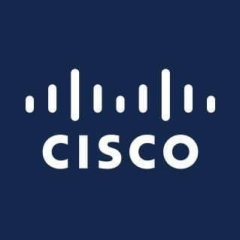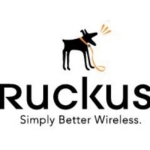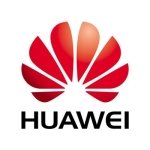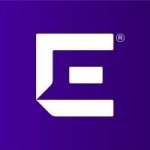What is our primary use case?
We provide seamless connectivity for the users in various locations. We can track a user and analyze them according to their behavior within the campus and according to their different locations. This gives us a full view of the locations that users gravitate towards and how they utilize the workspace areas within the campus.
What is most valuable?
The solution offers very good integration with a BYOD solution.
The solution offers very good application visibility and control integration for other analysis software.
What needs improvement?
We are looking for more interaction with end-users and need to use the engagement feature that is provided in the new series. We want interaction between the end-users and the software that we are deploying. Therefore, an integration that would use a user's mobile devices through some sort of engagement API would be a good enhancement.
We don't actually use the features to their full potential yet. We're always exploring the features to see what we can add.
It would be great if, even if the solution is degraded, security-wise, if it could be integrated without extra overhead for the systems or wireless administrators.
For how long have I used the solution?
I've been using the solution for 13 or 14 years now through it is different series
Buyer's Guide
Cisco Wireless
December 2025
Learn what your peers think about Cisco Wireless. Get advice and tips from experienced pros sharing their opinions. Updated: December 2025.
879,259 professionals have used our research since 2012.
What do I think about the scalability of the solution?
The solution is very scalable using the options of the cluster-ID for the wireless. You don't have any limitations, even with one wireless controller. I haven't seen any limitations. It's very scalable and extendible. Performance-wise we can extend beyond the wireless controller through the FlexConnect feature. It's great.
On-premises, we typically have about 500 users.
Currently, our capacity is enough, so I don't foresee us expanding the solution in the near future. We'll see what happens after the COVID lockdown.
How are customer service and support?
We haven't faced a huge problem from a technical standpoint. However, overall, their response to any queries has been very good overall. They are quite supportive and we've been satisfied with their level of attention.
Which solution did I use previously and why did I switch?
I have only ever used Cisco.
How was the initial setup?
The initial setup was simple, however, to get the full features, those performing the set up need some sort of experience, regardless of the deployment, the analysis of the location, or for the deployment for the engagement to the API.
We will be going to do that part right now. I have a feeling it will be a complex part of the process.
Deployment takes about one day or so. It doesn't take too much time.
What about the implementation team?
We are an integrator. We handle the implementation for our clients.
What's my experience with pricing, setup cost, and licensing?
The pricing of the solution is little expensive if you compare it to other competitors.
Which other solutions did I evaluate?
A long time ago, we were comparing this solution against Aruba before the acquisition to HP. We also compare other products however, the main competitor was Aruba.
What other advice do I have?
We're a Cisco partner.
We use a variety of different versions of the solution, including the 800 Series, and 2800 Series. We are planning to go to the Catalyst 9000 Series soon as well.
It's a centralized solution depending on the wireless controller and some access points have their own branches.
While not related to hardware, in relation to software capabilities, we're always looking for ways to better integrate solutions. This particular solution has been great thanks to the access technology provided. We have seamless integration with the infrastructure. The movement of the users is very easy to pinpoint. The user's onboarding onto the infrastructure is simple.
While the solution isn't perfect as a standalone, the integration capabilities on offer make it really special.
New users will really need to utilize features to get the most out of the solution.
I'd rate the solution nine out of ten. There are a few features that we would like to see added in the future that would make it perfect.
Which deployment model are you using for this solution?
On-premises
Disclosure: My company has a business relationship with this vendor other than being a customer. Partner















